Description
VX-6 AIRDEVRON SIX PUCKERED PENGUINS Patch – Plastic Backing
Aviators! Are you looking for a high-quality patch you’ll proudly wear or display? Look no further than the VX-6 AIRDEVRON SIX PUCKERED PENGUINS Patch!
- 3.5″W x 4.4″H
- Embroidered
- US Naval Aviator Owned Business
- Sew On
- Plastic Backing (increases rigidity; the patch lasts longer and stays flat)
Antarctic Development Squadron Six (VXE-6 or ANTARCTIC DEVRON SIX, commonly referred to by its nickname, The Puckered Penguins) was a United States Navy air test and evaluation squadron based at Naval Air Station Point Mugu, California with forward operating bases at Christchurch, New Zealand and McMurdo Station, Antarctica.
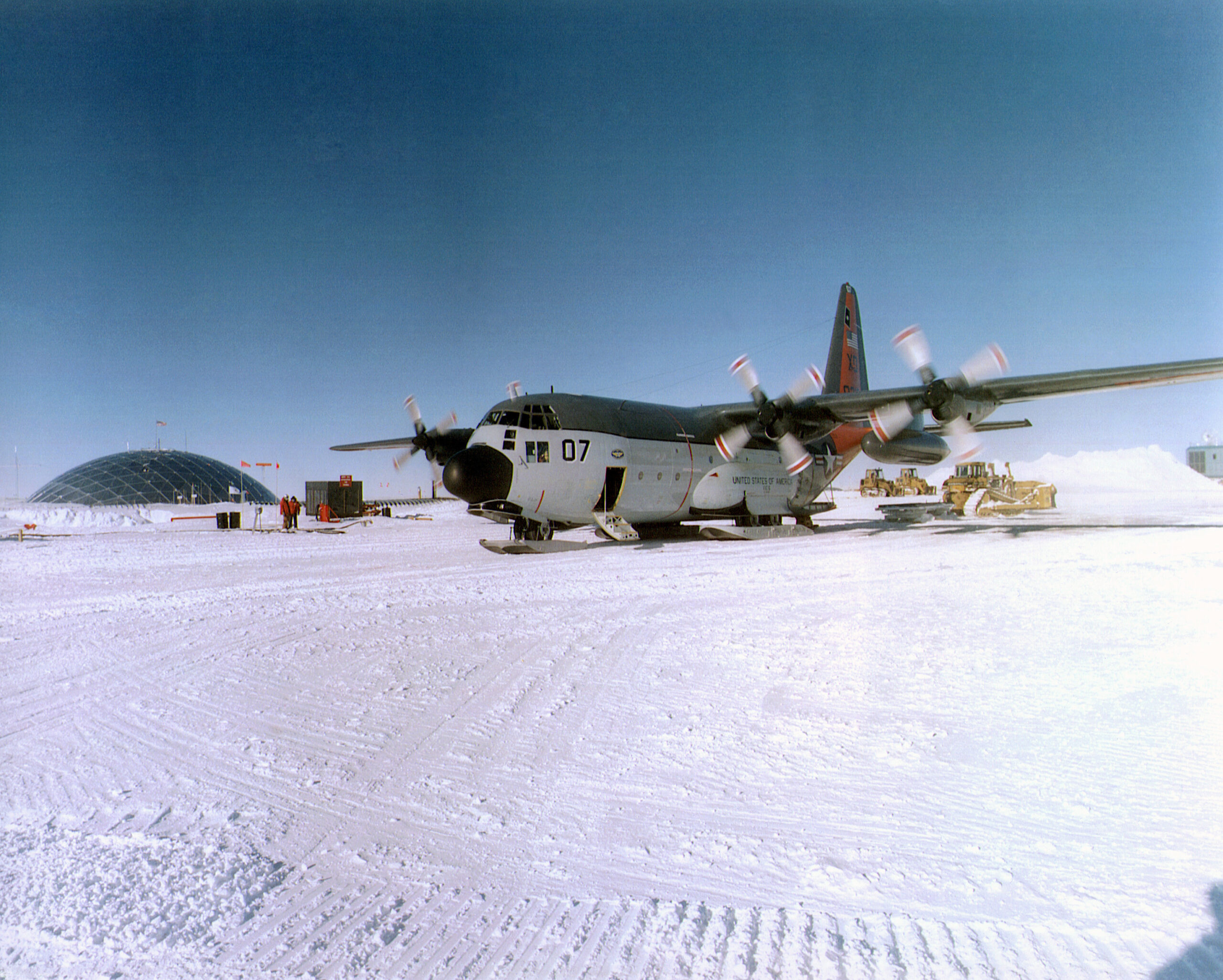
Established at Naval Air Station Patuxent River, Maryland on 17 January 1955 as Air Development Squadron Six (VX-6),[27] the squadron’s mission was to conduct operations in support of Operation Deep Freeze, the operational component of the United States Antarctic Program. The squadron relocated to Naval Air Station Quonset Point, Rhode Island on 1 February 1956. On 1 January 1969 the squadron was redesignated Antarctic Development Squadron Six (VXE-6).
Following the closure of NAS Quonset Point in the 1970s, the squadron relocated to NAS Point Mugu. Using the tail codes XD (1955) and JD (1957), the squadron flew numerous aircraft over the course of its existence—many of which were pioneering endeavors. For example, the first air link between Antarctica and New Zealand was established by men and aircraft of VX-6 in 1955. The following year, a ski-equipped R4D Dakota of VX-6 became the first aircraft to land at the South Pole. In 1961, the first emergency midwinter medical evacuation flight was conducted from Byrd Station to Christchurch. In 1963, an LC-130F Hercules of VX-6 made the longest flight in Antarctic history. In 1967, a United States Navy LC-130F of VX-6 completed the first scheduled winter flight to Antarctica, landing at Williams Field.
Following the closure of austral summer operations at Amundsen–Scott South Pole Station in February 1999, the squadron returned to Naval Air Station Point Mugu, California, where it was disestablished on 31 March 1999.
History
VX-6 traces its roots to Operation Highjump (1946–1947), the fourth Antarctic expedition conducted by United States Navy Rear Admiral Richard Evelyn Byrd. That expedition set out in December 1946 to conduct an extensive aerial survey of Antarctica, using Martin PBM Mariners based in the pack ice of the Ross Sea, as well as land-based R4D Dakotas (Dakota, from the acronym “DACoTA” for Douglas Aircraft Company Transport Aircraft,[29] was the designation used by the United States Navy to refer to the Douglas C-47 Skytrain). By the time Operation Highjump was concluded in late February 1947, the team had mapped about 5,500 miles (8,900 km) of coastline and 1,500,000 square miles (3,900,000 km2) of the interior of the continent.
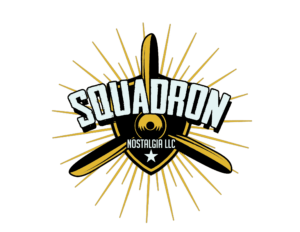
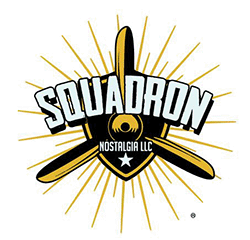
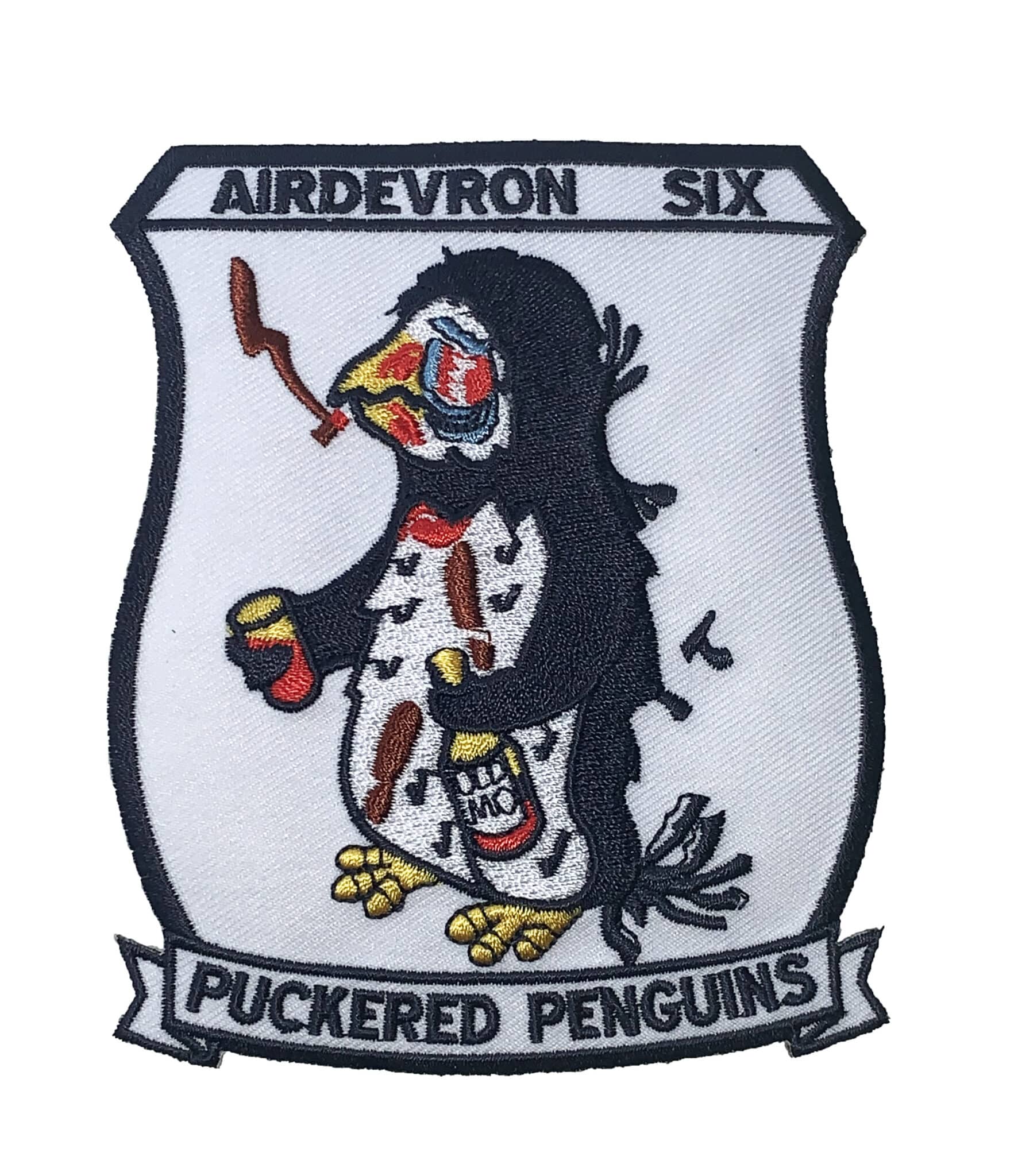
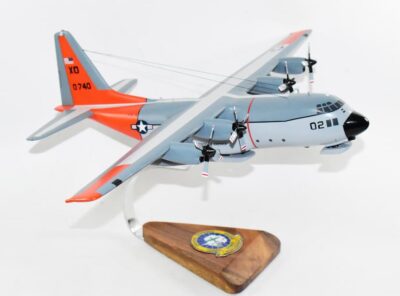
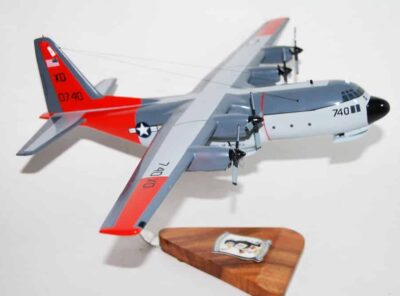
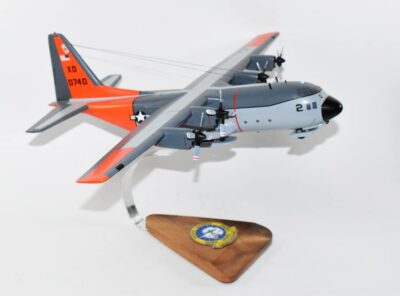
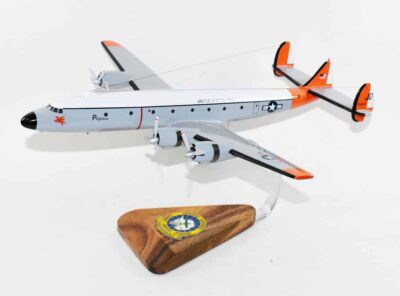
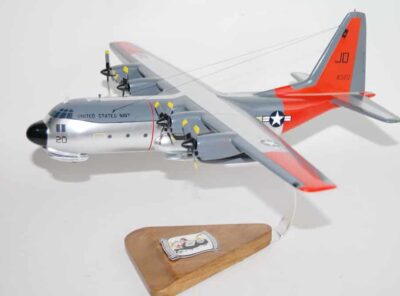
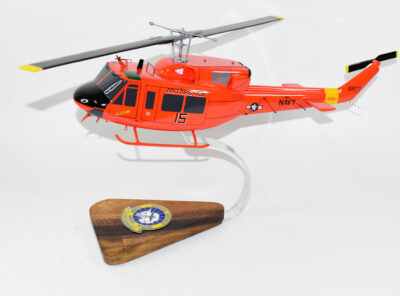
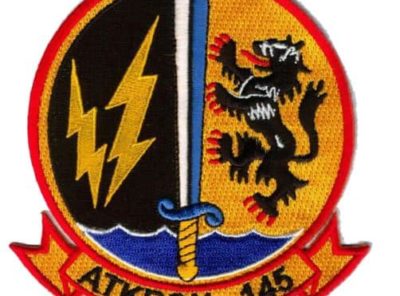
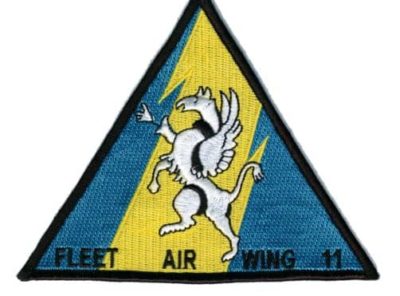
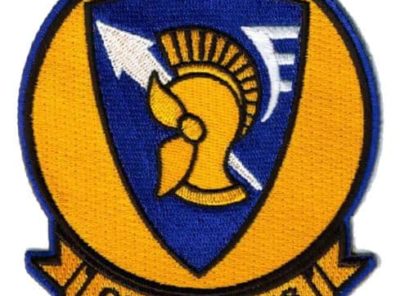
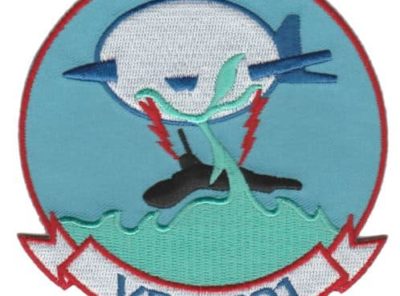

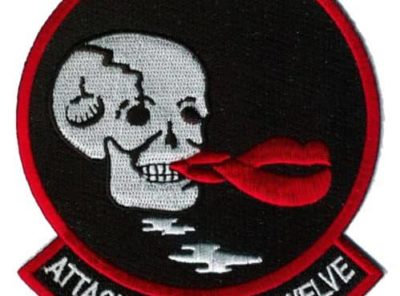
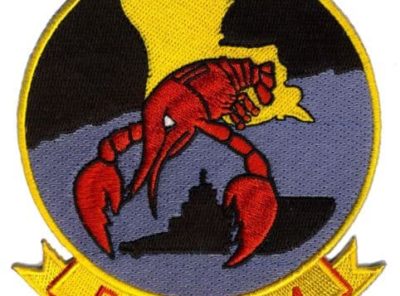
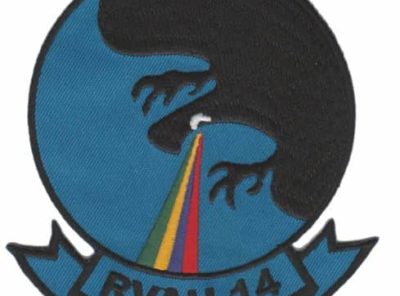
Reviews
There are no reviews yet.